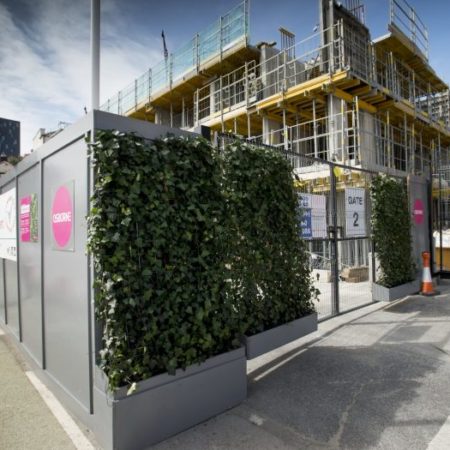When it Comes to Sustainable Construction, Is Scepticism the Easy Way Out?
Like it or not, change is coming to the construction sector. The built environment accounts for around 40% of the energy the nation consumes. It generates one third of the emissions. This means that construction needs root and branch reform if the UK is to meet zero carbon targets. Sustainability is becoming even more significant when it comes to building design and construction.
It was a bit disappointing, therefore, to read recently in PCB Today that a third of construction industry professionals surveyed didn’t believe that net carbon zero buildings would be possible by 2040. Five percent thought they would never happen.
If we were talking about a target that we had no idea how to reach, that level of scepticism might be understandable. The reality is that we do know how to make zero carbon a reality by making different choices about how we construct, power and heat new buildings.
Stop the Clock
Are people sceptical because they’re not up to date with technology or because they want to bury their heads in the sand and stick with what they know? Perhaps it’s a bit of both. Being sceptical offers what seems to be an easy way out and a way to stop the clock of change. Ultimately, this is a delusion.
District heating systems and sustainable heating solutions such as heat pumps are not revolutionary. They are viable and proven ways to ensure that new buildings don’t need to be connected to the gas network.
Similarly, modern construction methods have moved beyond the stage of being interesting niche ideas that could be used in the future. We know that they improve efficiency both in the construction process and in the energy performance of completed buildings.
We Understand the ‘Why,’ Now Let’s Focus on ‘How.’
The industry needs to undergo a rapid change in thinking. Rather than using a material, method or solution because it’s familiar we need to assess the long-term sustainability. We have to be more confident about proposing and adopting solutions based on MMC. The recent memorandum of understanding signed by the major warranty providers helps to remove one of the major obstacles.
Perhaps an indication of where we are and how quickly we need to change is the fact that only 30% of projects currently implement BIM. Adopting BIM isn’t just important for sustainable construction, it’s also the foundation of sustainable buildings management. Including sustainability information on every product used in a building will soon become a requirement.
Upskilling organisations to work in BIM environments should be a priority for any organisation that wants to deliver better value to customers.
The stark choice is this: either the industry sets the pace and rapidly adapts to the demands of sustainability, or we wait for change to be driven by customers and regulation. Surely, it’s better to be in the driver’s seat.

